Ten years ago, I was working through a relatively serious injury as a dancer—a stress fracture in L4 on the left side (my fourth lumbar vertebrae, lower back). I think it’s pretty common for dancers to encounter a serious injury as they make the jump from pre or semi-professional to professional. A lot of dancers take that serious injury as a permanent roadblock, maybe not worth overcoming. It can be a deciding factor in pursuing a career in dance or not. I’ve noticed that the dancers who have the drive, the desire, the tenacity to keep going, get over this injury and become stronger dancers for it.
Here’s my story:
I’d been experiencing a bit of back lower back pain for a few months, but it seemed to be getting much, much worse. Every time I arched my back, I felt an intensely sharp pain on my left lower back. I went to the NYU student health center and was prescribed physical therapy sessions. Unfortunately, the physical therapist there did not realize that this was not simply a case of needing to strengthen my core, but that I had a structural problem that needed rest first. Some of the exercises she gave me exacerbated the pain. I also decided to try yoga, and some over-crowded classes with newbie instructors once again left me doing more damage than not.
And yet, I kept dancing—no pain, no gain, right? But it kept bothering me. Something was wrong. And that attitude of continuing to dance in the long run did more damage…
Eventually, a doctor realized it could be a stress fracture and sent me for a bone scan. The results supported his diagnosis. Unfortunately, that doctor told me that it meant I could never dance again, or at the least I would not be able to arch or bend backwards again. My reaction: “Well, that’s not gonna work for me.” (I understand that doctors have to say the worst-case scenario, but what he said was simply not correct.)
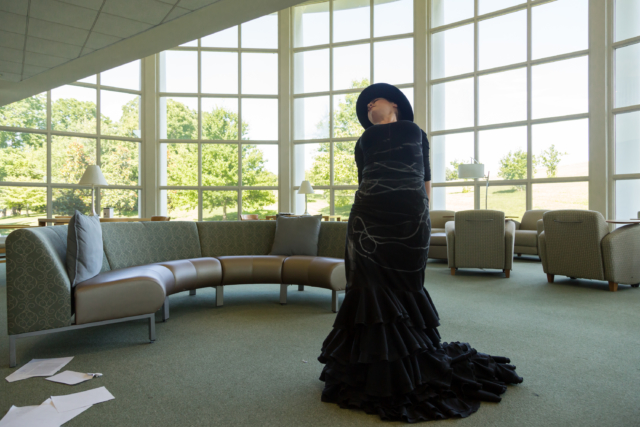
Definitely able to bend backwards!
What did recovery entail? I had to get a back-brace, and wear it 24/7 except when I was in the shower. I had to rest for a minimum of 6 weeks from dancing. I hated this. It hurt my back to walk, so obviously dancing would be too much. I asked the doctor if I could ride a stationary bike—anything—I just needed to move. The trouble with the lower back is, it’s always supporting you and bearing weight in some way. Giving in to rest in order to recover was no easy task for someone who loves to move.
So, the rest of my spring semester, there was no dancing. This was disappointing and depressing to say the least. I’d just started to do regular gigs in NYC, I was taking classes with Nélida Tirado and wanted to keep learning from her. Things had been going so well! Why this? Why now? Coupled with the fact that I was relatively new to NYC and didn’t have many friends, I became a bit depressed on top of it all. Recovery seemed interminable. At the time, it seemed like I’d never make it out of the tunnel.
I kept going to Neli’s class, and she was gracious enough to let me watch the class. I would envision myself doing the movements with the other students, as vividly as possible—almost to the point where I felt I was doing the movements. I did palmas occasionaly as the class danced. I joined poetry club and wrote poems to keep up the creative side of things. I did arm exercises to at least keep up my arm-work.
A I walked through NYC, to my work-study job in a nearby public school, to NYU from my dorm, to watch Neli’s class, I started to hone in on the disequilibrium in my body. I knew there had to be a reason why this happened—it must be something I could fix once I started dancing again—why my left side? I was also experiencing pain in my left knee and hip—I knew it was all connected…I started to notice some of my movement patterns and habits that had slipped under the radar.
I’ve recently learned that many of our differences in the strengths between one side of the body and the other come from the fact that our organs are not symmetrical. I wish I had that knowledge as I tried to figure out what was going on in my body. Despite a lack of anatomy knowledge, I listened to my body, and became more aware of my movements and posture than ever before. This self-analysis would come to serve me once I started dancing again.
After nearly five months of no movement, I was finally mostly pain free and could start physical therapy. Because the back-brace had been supporting me for so long, I had lost a great deal of core strength. Once I had built this up a bit, I started dancing again. Little by little at first, paying attention to minute details—the spiral of my torso, when I displaced my ribs (and therefore put pressure on my spine); I realized a lot of flamenco is one-sided—llamadas and desplantes, escobillas, and more always start on the same foot…I learned some of my dances entirely on the other side.
When I got back to NYC the fall of that same year, I was ready to go—I felt stronger than ever before. That year, I went to the gym several mornings a week to use the elliptical and do core exercises. I continued to do these every morning for years. In the last few years, a regular yoga practice (my own personal practice and classes) have kept my core strong.
I have had other smaller injuries, other imbalances that from time to time bother me. I’ve got physical therapy exercises for those things (many of which I got from PTs at the Harkness Center, a place I am eternally grateful for—they actually understand dancers, what our movement and our careers and lives require of us, giving us the tools to work through an injury, overcome the weaknesses that led to the injury…)
Regular body maintenance must be part of our routine as dancers—our body is our tool. That maintenance however, looks different for everyone—depending on their body, their needs, what their genre and job require of them.
I wish more anatomy knowledge had been included in my training. Having more vocabulary and knowledge of how our muscles, breath, skeleton, organs, tendons, and mind work together, I have a better understanding of dance and my body, and I can better communicate with my students.
An injury does not have to be the end of the world, even if it seems that way in the moment. It can be a sign that we need to do something different—be that in our technique, our rest practices (or lack thereof), or our regular body maintenance. It can often be a window into a more efficient way of moving, giving us more expressive capacity by correcting technique issues. We have to listen to our bodies, as much as medical professionals, and whenever possible, seek out doctors who regularly work with and understand the demands of dancers. And please, don’t ignore pain—it’s your body trying to tell you something.


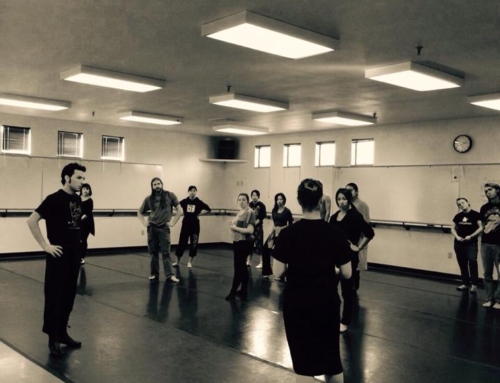
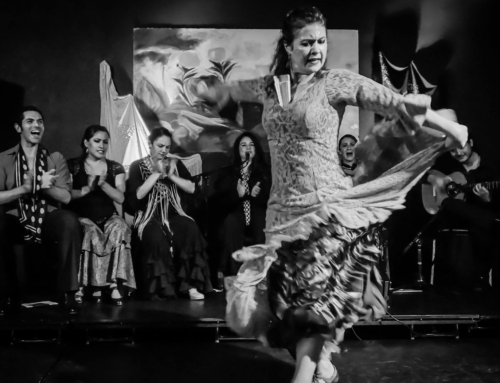




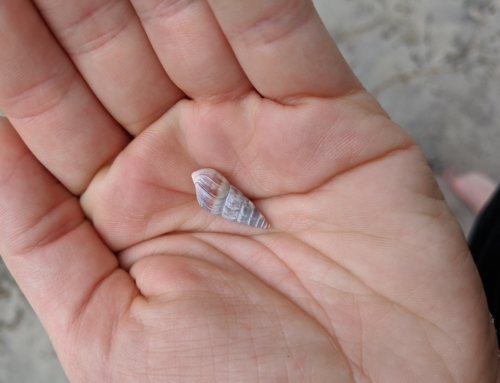
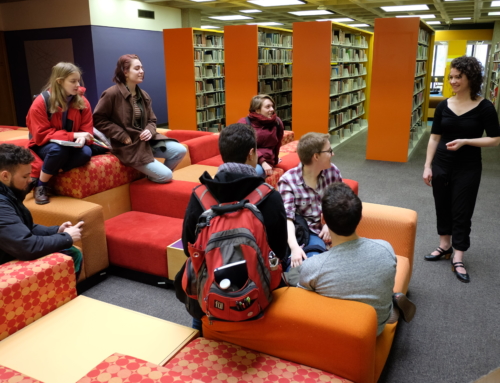
Leave A Comment